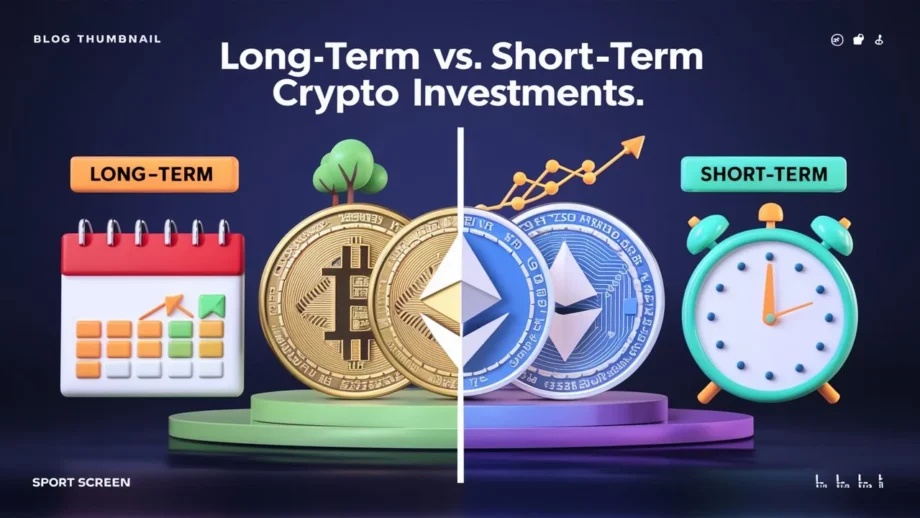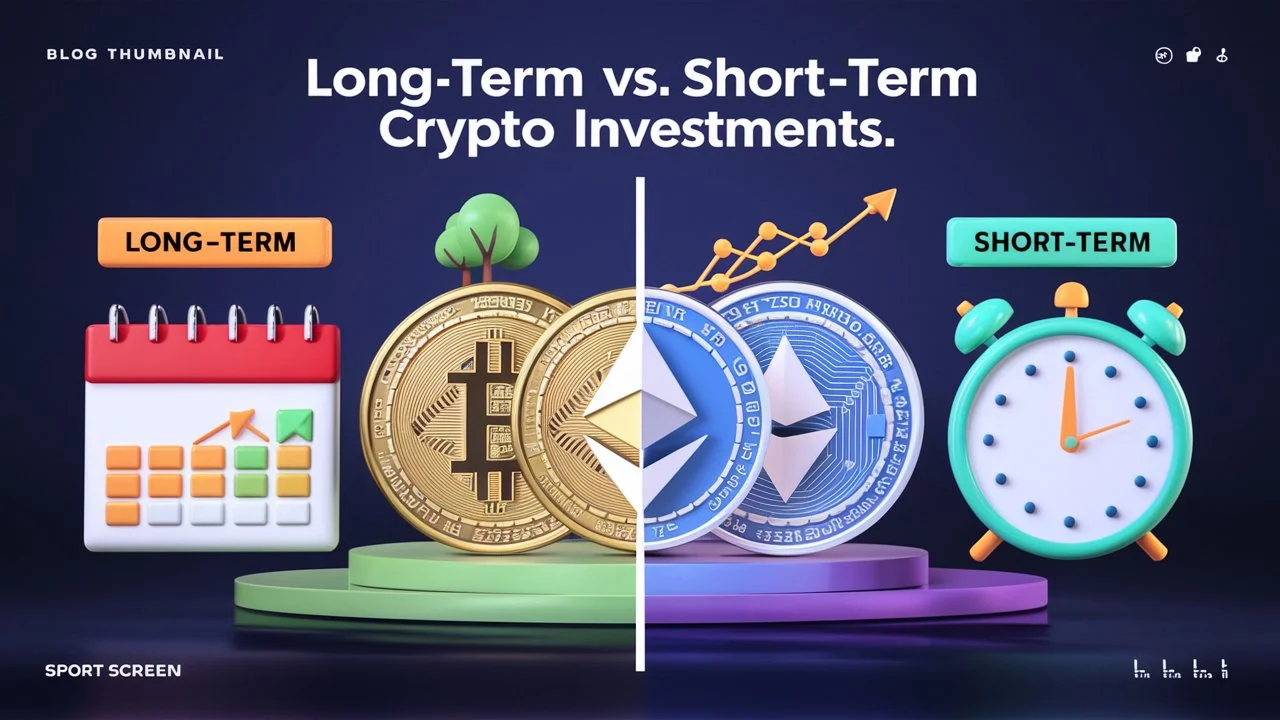Are you ready to dive into the thrilling world of cryptocurrency investments? Whether you’re a seasoned investor or just starting out, the choice between long-term and short-term strategies can be daunting. In this comprehensive guide, we’ll explore the pros and cons of each approach, helping you make an informed decision that aligns with your financial goals and risk tolerance.
Understanding the Crypto Market: Volatility and Opportunity
The cryptocurrency market is known for its wild swings and breakneck pace. One day, you could be riding a wave of gains, and the next, you might find yourself navigating a sea of red. However, this volatility also presents opportunities for savvy investors willing to take calculated risks.
Short-term Crypto Investments: Capitalizing on Quick Gains
Short-term crypto investing is all about timing the market and capitalizing on short-term price fluctuations. Day trading and swing trading are popular strategies in this space, where traders aim to buy low and sell high within a matter of days or even hours. While the potential for quick gains is high, so is the risk of losses. Short-term investing requires a deep understanding of technical analysis, market indicators, and trading strategies.
Long-term Crypto Investments: The Power of Patience and Conviction
On the flip side, long-term crypto investing is all about holding onto your assets for an extended period, often years. This strategy, known as “”HODLing”” in the crypto community, is based on the belief that the value of cryptocurrencies will appreciate over time. Long-term investing requires patience, strong conviction in the future of the crypto market, and the ability to weather market downturns.
Comparing the Strategies: Risk, Returns, and Time Commitment
- Short-term Investing: Riskier due to market volatility, but offers potential for higher returns in a shorter period.
- Long-term Investing: Spreads risk over a longer period, reducing the impact of daily price fluctuations, but offers potential for substantial gains over time.
- Time Commitment: Short-term trading requires constant market monitoring, while long-term investing is more of a “”set it and forget it”” approach.
Factors to Consider When Choosing Your Investment Strategy
- Personal Financial Goals: Align your strategy with your financial objectives, whether it’s building wealth over decades or aiming for quicker returns.
- Risk Appetite: Assess your comfort with risk. Short-term investments are high-risk, high-reward, while long-term investments are generally less volatile.
- Market Conditions: The state of the market can influence your decision. Bull markets might favor short-term trades, while bear markets may encourage a long-term perspective.
- Time Horizon: Consider how long you can afford to keep your money invested. If you need liquidity in the short term, day trading or swing trading might be appropriate. If you can let your money grow over several years, long-term investing is likely a better choice.
Balancing Your Crypto Portfolio: Diversification is Key
Diversification is crucial in any investment strategy. Consider balancing your portfolio with a mix of long-term holds and short-term trades to manage risk and maximize potential returns. This approach allows you to benefit from the advantages of both strategies while mitigating their respective drawbacks.
Frequently Asked Questions
- What is the best cryptocurrency for long-term investment? Bitcoin and Ethereum are generally considered the safest long-term investments due to their established market positions and widespread adoption.
- Can you make a living from short-term crypto trading? While it’s possible, it requires extensive knowledge, discipline, and a high tolerance for risk. Many traders fail to make consistent profits.
- How do you manage risk in cryptocurrency investments? Diversification, using stop-loss orders, and investing only what you can afford to lose are common strategies for managing risk.
- Is it better to invest in Bitcoin or altcoins for the long term? Bitcoin is often seen as a safer long-term investment, but some altcoins offer higher potential returns—albeit with higher risk.
- What happens if you hold cryptocurrency for more than a year? Holding for more than a year might qualify you for long-term capital gains tax rates, which are usually lower than short-term rates.
Conclusion: Aligning Your Strategy with Your Goals
Choosing between long-term and short-term crypto investments is a personal decision that requires careful consideration of your financial goals, risk tolerance, and time commitment. By understanding the pros and cons of each strategy and the factors that influence your decision, you’ll be better equipped to navigate the exciting world of cryptocurrency investments.





